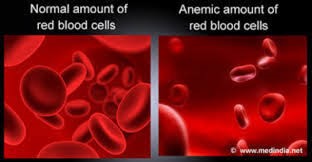 protivea.com640 × 332Search by image
protivea.com640 × 332Search by image
Anaemia ??? What is it?
Red blood cell is part of the content in your blood vessel. The main duty of the red blood cell is to carry oxygen to your tissues, thus makes you healthy and energetic.
Anaemia is a condition in which you don’t have enough healthy red blood cells to carry adequate oxygen to your tissues.
Having anaemia may make you feel tired and weak.
There are many forms of anaemia, each with its own cause. Loss of blood is the most common cause of anaemia.
My child is an adolescent. Is he/she prone to get anaemia?
Do you know that as an adolescent, they are in the phase of intense growth, not only physically, but also mentally and socially.
During this time, they will become taller and heavier (the adolescent will attain 20% of the final adult height and 50% of final adult weight).
Adolescents are especially vulnerable to anaemia because of this growth spurt.
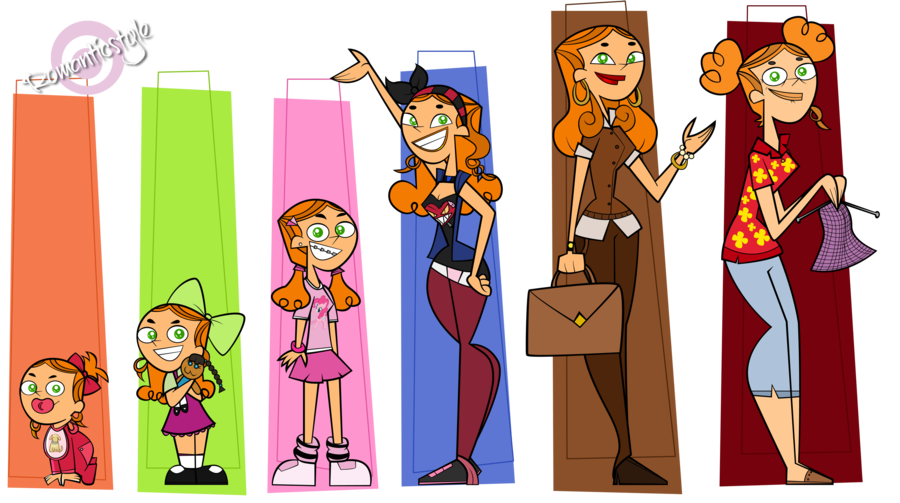 littlegirlstory.wordpress.com900 × 503Search by image
littlegirlstory.wordpress.com900 × 503Search by image
So, what should I do as their parent?
Your teenager should have proper nutrition with adequate iron intake. This plays an important part in your teenager’s growth and development.
Adolescents sometimes like to snack and are very fond of fast food which has very low iron content.
What is proper nutrition? What are the examples?
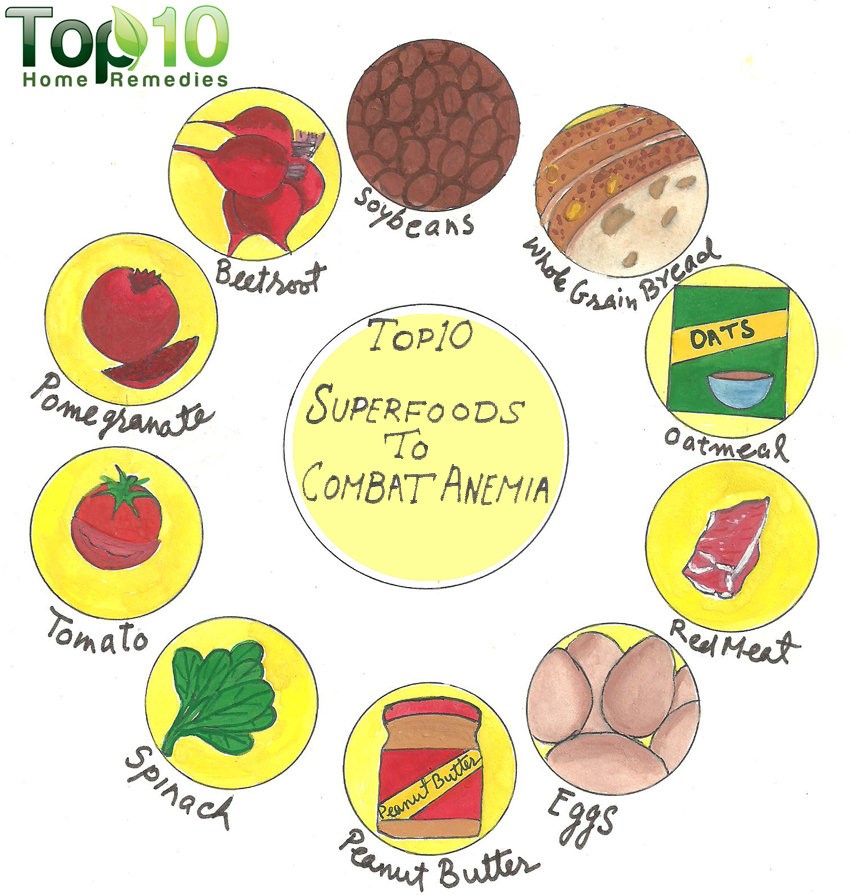 www.editionslecailler.com850 × 895Search by image
www.editionslecailler.com850 × 895Search by image
Is it dangerous to have anaemia?
YES. This is because having anaemia can hinder your teenager from acquiring the knowledge and skills to help them to become a successful and independent person.
Apart from feeling tired, being anaemic can also:
-affect their development and school performance
-decrease their verbal learning and memory
-shorten their attention span, alertness, and learning process.
I have an adolescent son and an adolescent daughter. Who is more at risk to develop anaemia?
An adolescent girl is 10 times more likely to develop anemia compared to an adolescent boy.
Boys are only at risk of developing anaemia during their adolescent growth spurt.
BUT, for girls, it goes on throughout the period of growth spurt and throughout their child bearing age.
Why are adolescent girls more at risk of developing anaemia?
This is due to the regular blood loss from menstruation.
Adolescent females often do not get enough iron to keep up with their menstrual blood losses.
They are reluctant to talk about how heavy their periods are. They are also very sensitive about their diet and their body image.
So, apart from growth spurt and menstruation, are there any other risk factors for anaemia?
Adolescents often have chaotic eating patterns. They do not follow good dietary recommendations. They have….
- Low intake of meat, fish, poultry or iron fortified foods
- Frequent dieting or restricted eating
- Vegan or vegetarian eating styles
- Skip meals
- Chronic or significant weight loss
- Participation in endurance sports
- Intensive physical training
What can I do to prevent anemia in my children?
EASY….provide a diet naturally rich in iron. But, this is easier said than done.
A simpler approach may be, to make sure they take a multivitamin containing iron every day
For those who are restricting their food intake or who are vegetarians, eating iron fortified breakfast cereals that contain 4-8 mg of iron per serving is an easy way to prevent anemia.5
How do I know if my child has iron deficiency anemia?
Among the symptoms for anaemia are:
- Tiredness
- Weakness
- Pale skin
- Rapid heartbeat
- Irritability
- Decreased appetite
- Dizziness
But sometimes it is difficult to recognise such symptoms. Sometimes it just goes unnoticed. It is because the body’s iron supply is depleted slowly. Most teenagers with iron deficiency anaemia do not have symptoms that are obvious and easy to see. Anaemia is often first recognised and diagnosed during a school routine physical examination..
If my child is suspected to have anaemia, what do I do next?
If you or your doctor suspects your teenager may be anemic, they may opt to do a simple blood test to measure haemoglobin levels. Because the body’s iron supply is depleted slowly, a lot of teenagers with iron deficiency anaemia don’t have symptoms that are easy to see.
Once the level of anaemia gradually gets worse, your child may start to develop noticeable symptoms, such as tiredness, weakness, pale skin, rapid heartbeat, irritability, decreased appetite or dizziness.
How is iron deficiency treated?
If your child has iron deficiency anemia, there are several approaches for treatment.
- For mild anaemia, an iron rich diet is adequate
- For moderate anaemia, they may need to take an iron supplement for several months.
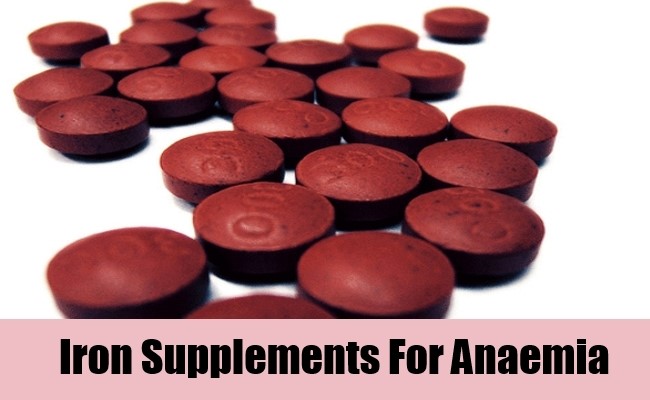 www.ladycarehealth.com650 × 400Search by image
www.ladycarehealth.com650 × 400Search by image
- For severe anaemia, blood transfusion is probably the best choice of treatment.
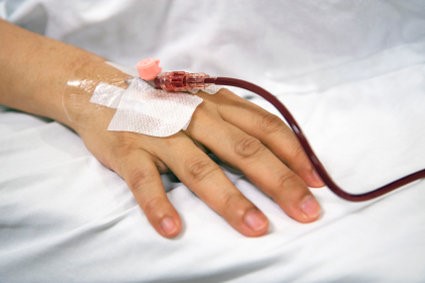 health.usnews.com425 × 283Search by image
health.usnews.com425 × 283Search by image
REFERENCES
- www.mayoclinic.org/diseases…/anemia/basics/definition/con-20026209
- journals.cambridge.org/article_S0029665196000742
- www.anemia.org/patients/feature-articles/content.php?contentid…







